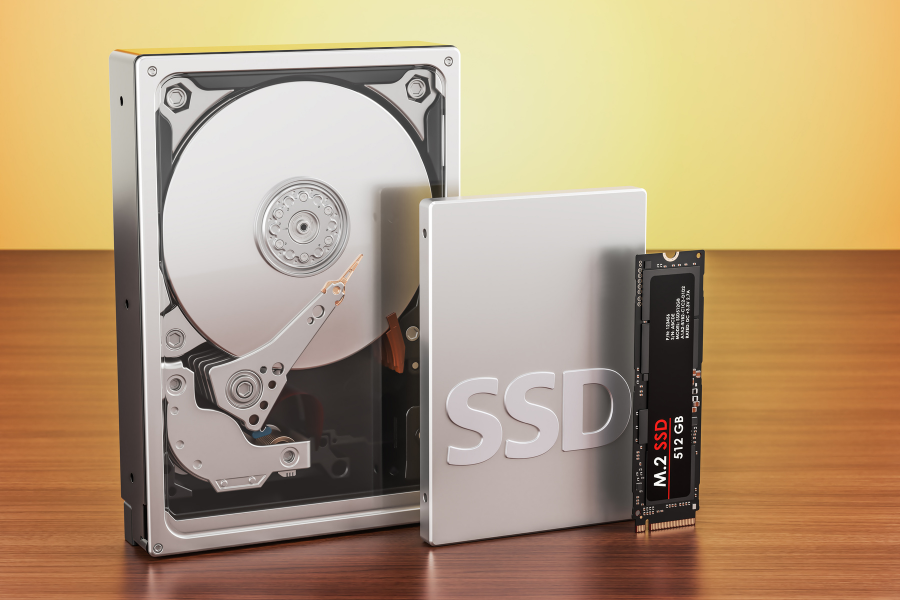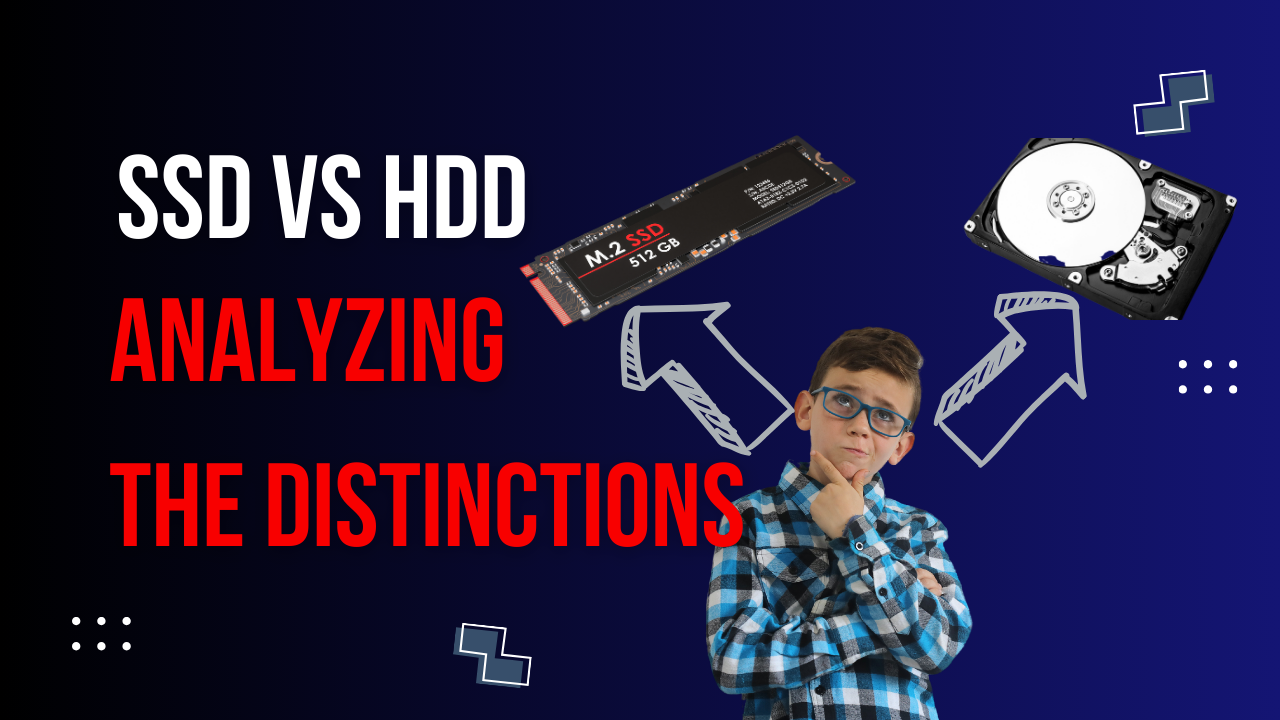Table of Contents

In the realm of storage devices, the battle between Solid State Drives (SSDs) and Hard Disk Drives (HDDs) continues to rage on. Understanding the distinctions between these two technologies is crucial when making informed decisions about which storage solution to invest in. This article aims to shed light on the essential differences between SSDs and HDDs, as well as analyze the pros and cons of each technology.
Understanding the Essential Differences: SSD vs HDD
The most fundamental distinction between SSDs and HDDs lies in their underlying technology. HDDs utilize magnetically coated platters that spin at high speeds with a read/write head hovering above them. This mechanical operation is the reason why HDDs are considerably slower compared to SSDs. On the other hand, SSDs store data in flash memory chips, similar to USB flash drives, allowing for faster access and data transfer speeds.
Another key difference is the form factor. HDDs are typically larger and bulkier due to their mechanical components, making them less suitable for slim and portable devices. On the contrary, SSDs are compact and lightweight, making them an ideal choice for laptops, tablets, and other portable devices where space is at a premium.
Furthermore, SSDs have no moving parts, which grants them significant advantages in terms of durability and reliability. HDDs, with their moving platters and read/write heads, are more susceptible to physical damage and data loss due to jolts, vibrations, or accidental drops. SSDs, being solid-state devices, are more resistant to such mishaps, ensuring data integrity and longevity.
Unveiling the Pros and Cons: Analyzing SSD and HDD Technologies
When it comes to speed, SSDs outshine HDDs by a significant margin. With their lack of moving parts, SSDs offer lightning-fast boot times, near-instant application launches, and swift file transfers. This speed advantage makes SSDs the preferred choice for professionals who rely on quick data access and high-performance computing tasks.
However, SSDs come at a higher cost per storage capacity compared to HDDs. While the prices of SSDs have been steadily decreasing over the years, they still remain more expensive on a per-gigabyte basis. HDDs, on the other hand, provide larger storage capacities at a more affordable price point, making them a viable option for budget-conscious users who require ample space for multimedia or archival purposes.
Additionally, the lifespan of an SSD is limited by the number of write cycles it can endure before performance degradation occurs. This limitation, known as “write endurance,” can impact the longevity of an SSD, especially under heavy usage scenarios. HDDs, in contrast, do not suffer from write endurance issues and are better suited for applications requiring constant writing or rewriting of data, such as servers or surveillance systems.
In conclusion, the debate between SSDs and HDDs boils down to prioritizing certain factors over others. SSDs offer superior speed, durability, and compactness, making them a preferred choice for performance-driven tasks and portable devices. However, HDDs excel in terms of cost efficiency and storage capacity, making them an attractive option when massive storage space is required at a lower price. Ultimately, understanding the distinctions and weighing the pros and cons of each technology is essential in selecting the most suitable storage solution for individual needs.



